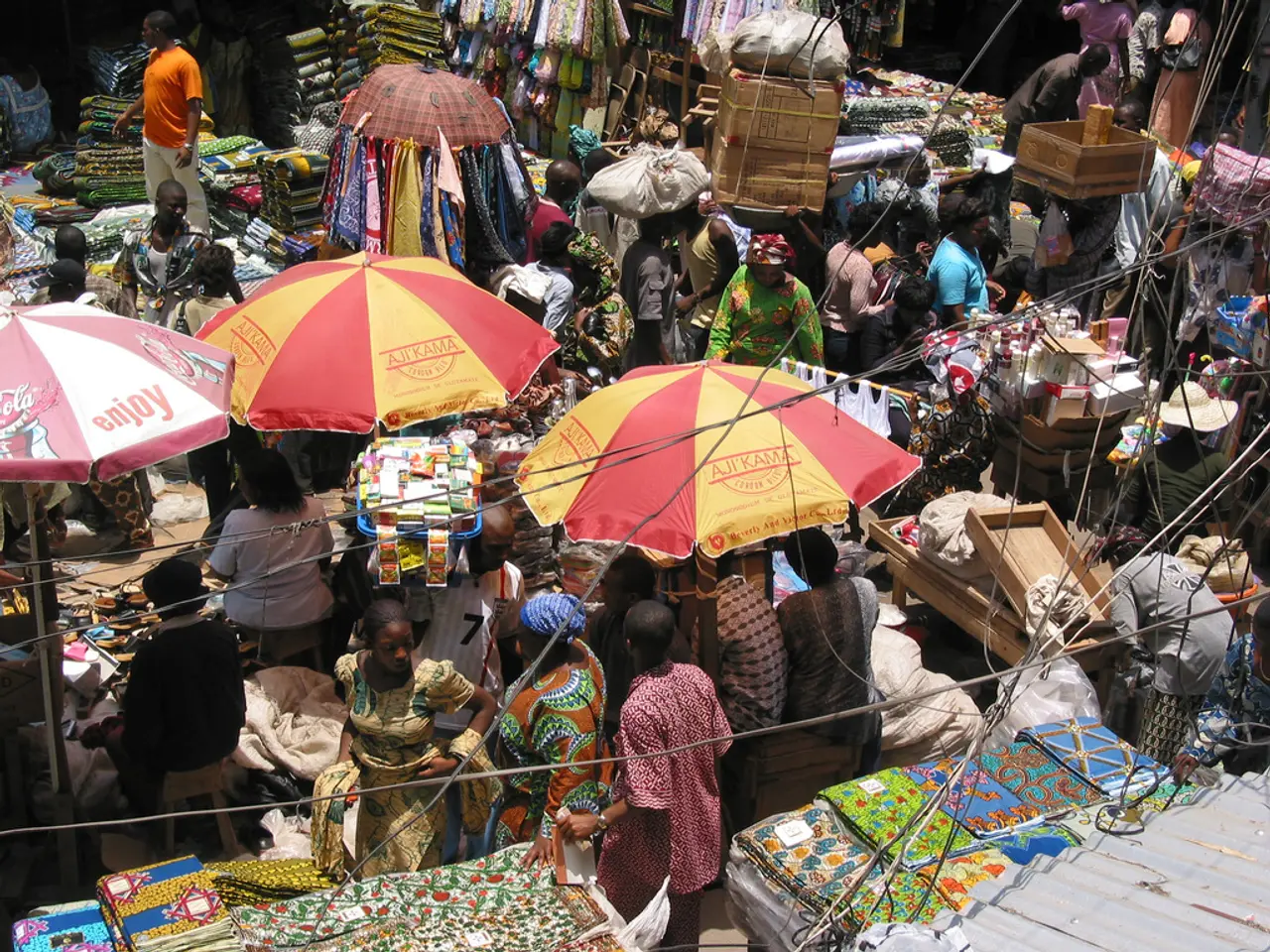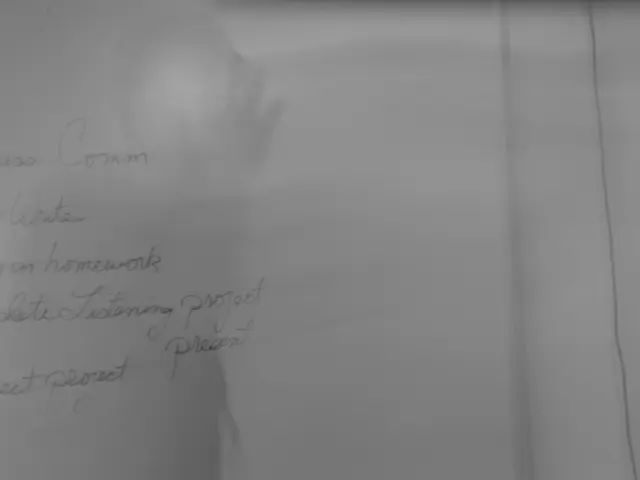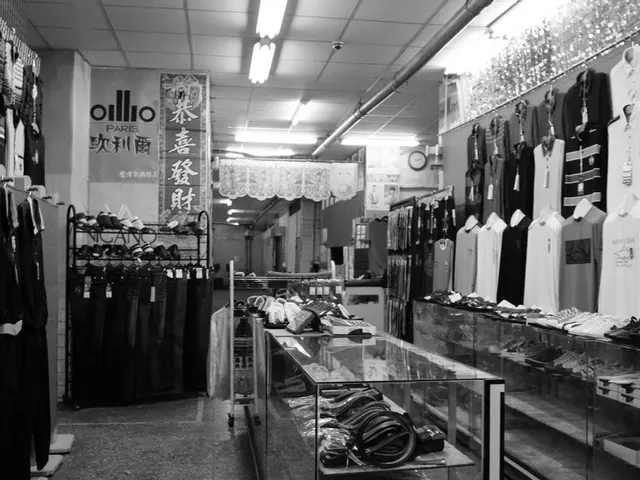Restricted Individuals in Custody Seldom Bask in Leisure
Captive Microfinance Institutions (MFIs) Gaining Ground in Russia Amidst Tightening Regulations
In the Russian microfinance market, captive MFIs linked to banks and marketplaces are experiencing growth, while independent MFIs face increasing challenges due to regulatory constraints.
The growth of captive MFIs is largely due to the introduction of online and point-of-sale (POS) loan products, reshaping the market structure. These MFIs benefit from being part of bank ecosystems or e-commerce platforms, enabling more targeted and convenient lending.
On the other hand, independent MFIs are grappling with rising rejection rates and shrinking portfolios. This is partly due to the tightening of macroprudential limits, interest rate caps, and increased oversight. Borrowers rejected by banks are turning to independent MFIs, but rejection rates are rising even there, pushing some borrowers towards unregulated "shadow" lenders.
Regulatory pressure, including the Bank of Russia’s active imposition of macroprudential buffers and limits on loan risk, is causing a contraction in traditional microloan disbursements. While these measures mainly target the mortgage market, similar tightening sentiments extend into the microloan sector. These regulatory frameworks reduce risk but restrict credit availability, impacting independent MFIs more substantially than captive MFIs linked to banks.
Experts predict that regulatory constraints will soon neutralize the advantage of captive MFIs, causing their growth rate to slow down and their market share to stop growing. Independent MFIs might see continued portfolio shrinkage or stagnation due to stricter oversight and rising defaults, unless supplemented by government support or subsidized products.
The shadow lending sector is a growing concern as formal microfinance tightens. As borrowers increasingly struggle to access regulated credit, the growth of illegal or unregulated lending is on the rise.
Pavel Samiev, the CEO of the analytical agency "Businessdrom," predicts that the current advantage of MFIs over banks and marketplaces in accessing cheap funding and generating traffic will be neutralized by regulatory constraints within the next six months to a year.
In the second quarter of 2025, loan disbursements by independent commercial MFIs decreased by 1.4%, totaling 136 billion rubles. However, captive MFIs linked to banks and marketplaces saw growth, with loan disbursements increasing by 19% to 226 billion rubles. The portfolio of captive MFIs also increased by 10.6% to 253.3 billion rubles in the first quarter.
Some notable examples include "VB Finance", a subsidiary of Wildberries & Russ, which has seen growth in its loan volume but the growth rate is slowing down. Roman Makarov, general director of MFC "Zaymer", attributes the growth of his company to the introduction of new products like medium-term loans and virtual card with credit limit. Alpha Bank's subsidiary MCC "A Money" issued loans worth 25% more in the second quarter, totaling 17.7 billion rubles.
Elena Malysheva suggests that independent MFIs may mainly compete with bank MFIs in the niche of short loans. The market of MFIs maintains a high share of loan application rejections, with about 80% of applications from primary clients and 30% among repeat clients being rejected.
As of August 18, active MFIs are listed in the registry of the Bank of Russia. Olesya Kiselyova, the main managing director of Lime Credit Group, notes that the issuance of independent MFIs will continue to grow but at a steady pace without sharp spikes, possibly due to an increase in loan amounts rather than quantity.
In summary, captive MFIs linked to banks and marketplaces in Russia demonstrate stronger growth trends and are poised to expand their market share relative to independent MFIs, which are constrained by regulatory limits and rising borrower risk. Regulatory constraints act as a significant brake on overall microloan market growth but tend to disproportionately impact independent MFIs, supporting a structural shift towards captive, technology-integrated lending models.








